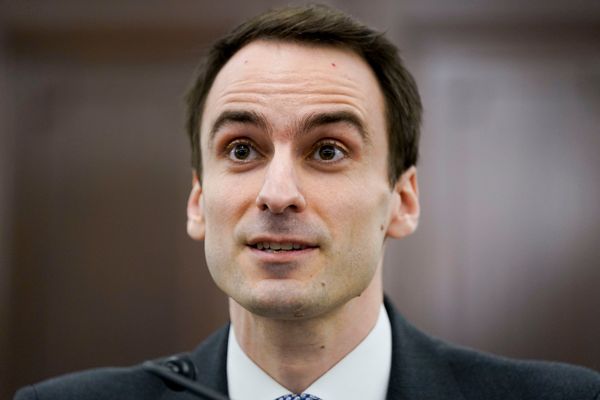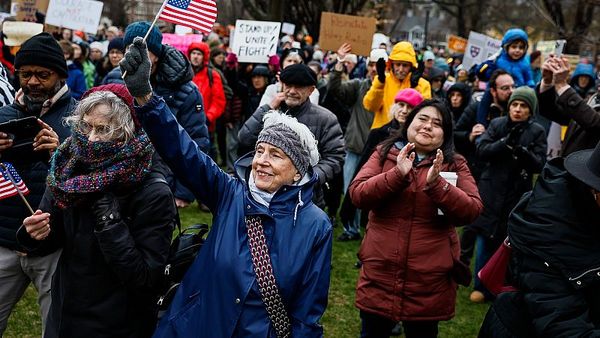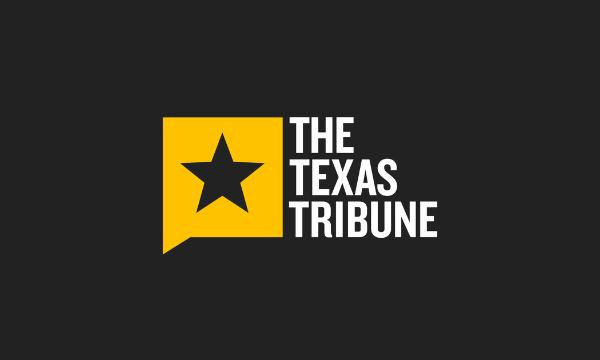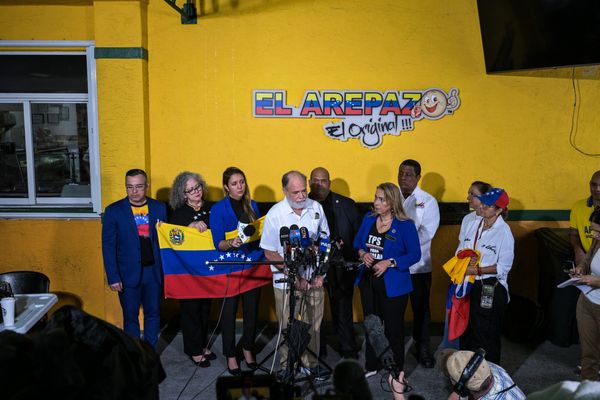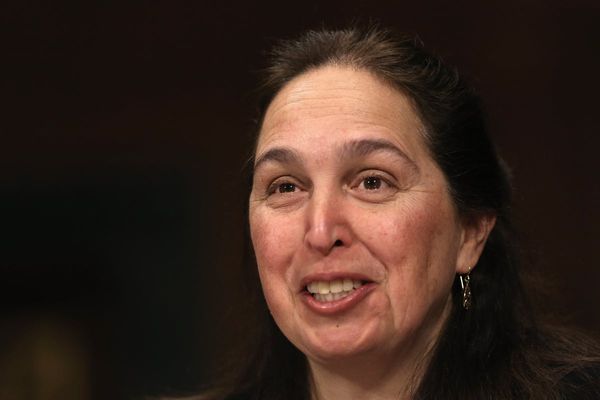

The Reserve Bank of Australia (RBA) has just cut interest rates for the first time in over four years. It’s a move expected to offer much-needed relief to households (and our tightly-strung budgets) and tbh, there’s plenty to unpack here.
What exactly happened?
It’s a big deal because the decision comes after 13 consecutive interest rate hikes since May 2022 — which drove rates to their highest levels in around 15 years.
In its official statement, Australia’s central bank observed that underlying inflation in the Australian economy is finally moderating, prompting a “cautious” easing cycle.
The bank cut rates by 25 basis points down to 4.1 per cent.
But upside risks remain, RBA Governor Michele Bullock warned. Australia’s recent labour market data is still proving to be “unexpectedly strong”, dampening hopes for immediate cuts.
TLDR; we might need to hold off on a grand celebration just yet.
“While today’s policy decision recognises the welcome progress on inflation, the board remains cautious on prospects for further policy easing,” Bullock said.

Meanwhile Treasurer Jim Chalmers noted this will still be “welcome news” for millions of Australians.
“It won’t solve every problem in our economy or in household budgets but it will help,” he said in a statement on Tuesday.
Breaking this down further, he pointed out a household with a mortgage of $500,000 could be set to save $80 a month, or $960 per year.
For a household with a mortgage of $500,000, this rate cut will save them $80 a month, or $960 per year.
“Today’s decision and the statement from the board gives us further confidence that the worst of the inflation challenge is behind us, but we can’t be complacent,” he said.
What does this mean for young Australians?
As outlined by the Treasurer, the rate cut will offer a much-needed break for those with home loans who have been feeling the pinch of high interest rates for the past couple of years.
Data from Finder suggests borrowers with an average home loan of $641,416 can now expect to save over $100 per month if lenders pass the cut on in full, as reported by the AAP.
Already the big four banks — Westpac, ANZ, NAB and the Commonwealth Bank — have announced they would be passing on the rate cuts in full to variable rate home loans, effective February 28.

There could also be good news for those of us still navigating the rental market — in theory, an interest rate cut could bring down the pressure on landlords’ repayments and thus reduce the pressure of passing on the costs of previous rate hikes down to tenants. (Of course, the impact on rent prices could vary across the country, and let’s not forget the influence of broader housing market dynamics.)
In another bright spot, lower rates could potentially help young people looking to finance any large purchases. Whether it’s a car or starting a business, lower borrowing costs could make it easier to access credit.
Will this impact the upcoming election?
Here’s where it gets juicy because pundits have had a lot to say about what an interest rate cut means for Labor and the upcoming federal election.
To recap, the election must be held by May 17. And with at least one rate cut now in the books, expectations could be mounting that Prime Minister Anthony Albanese’s government — which has often highlighted its “responsible economic management” over this past term — could be calling the election within weeks.

As reported by the Australian, Albanese may seek to capitalise on rate cut optimism and call a poll as early as this weekend, setting the stage for a vote in late March.
However, a number of opinion polls in the last week suggested a Coalition win could be on the cards, with the latest Newspoll revealing the Coalition is leading 51 per cent to 49 on a two-party preferred basis.
The Coalition remains ahead of Labor in the latest Roy Morgan results, which point to a hung parliament after the election.
Modelling from YouGov also projects the opposition will win the most seats, 73, at the election, although that won’t be enough for the coalition to govern in its own right.
According to YouGov’s polling director Amir Daftari, the longer the prime minister waited to drive to Government House to dissolve parliament, the better.
“If you were behind in the polls, you need as much time as possible to catch up,” he told the AAP.
“Given what the polls are showing, [the prime minister] would want to use the last possible day.
“If I was a strategist in Labor, I would advise to wait until the middle of May.”
Meanwhile Sean Langcake, head of macroeconomic forecasting for Oxford Economics Australia, projects the RBA could tread lightly from here on, delivering only two more cuts in 2025.
Lead image: Getty Images
With inputs from the AAP.
The post The RBA Just Cut Rates For The First Time Since 2020 — What Does It Mean For You? appeared first on PEDESTRIAN.TV .
